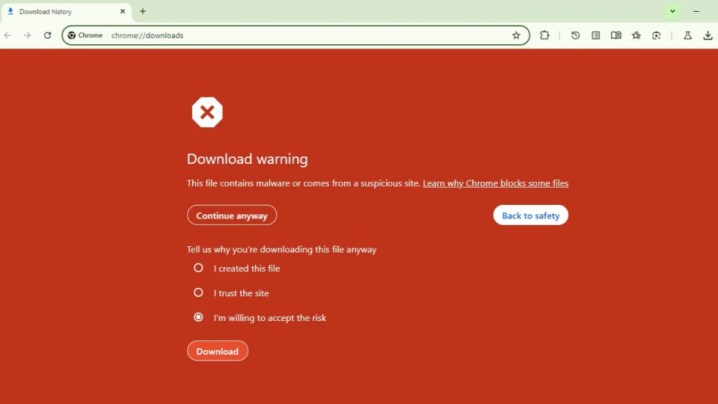
Google is changing how it warns its users about suspicious files on Chrome by adding new full-page warnings and cloud scanning regarding suspicious downloads, according to Windows Report. This is an attempt to explain more precisely why it blocks specific downloads. Google says that the AI models will divide the warning into two categories: “suspicious” or “dangerous.”
The new warning system primarily benefits those using the anti-phishing Enhanced protection feature. The files users upload to the cloud for an automatic scan and those that undergo a deep scan are 50 times more likely to have the AI flag them as malware.
Chrome prompts users to scan encrypted archive .zip files with passwords. However, users must enter their password for the AI system to scan it in the cloud. Moreover, Chrome will scan the files locally for those users with the default setting.
As a result of the change, users are less likely to ignore warnings and take immediate action when dealing with suspicious files. The full-page warning has options to go back to safety or continue despite the warning. Google even takes the liberty of asking you why you want to continue with the download.
You can choose from options such as I created this file, I trust the site, or I’m willing to accept the risk.
Over time, Google has added a number of different security features to its browser, such as Enhanced Safe Browsing, real-time phishing protection, stricter download warnings, Enterprise controls, and better sandboxing.
This news comes after Google discontinued its other privacy push on the web, the default blocking of the third-party cookie.


